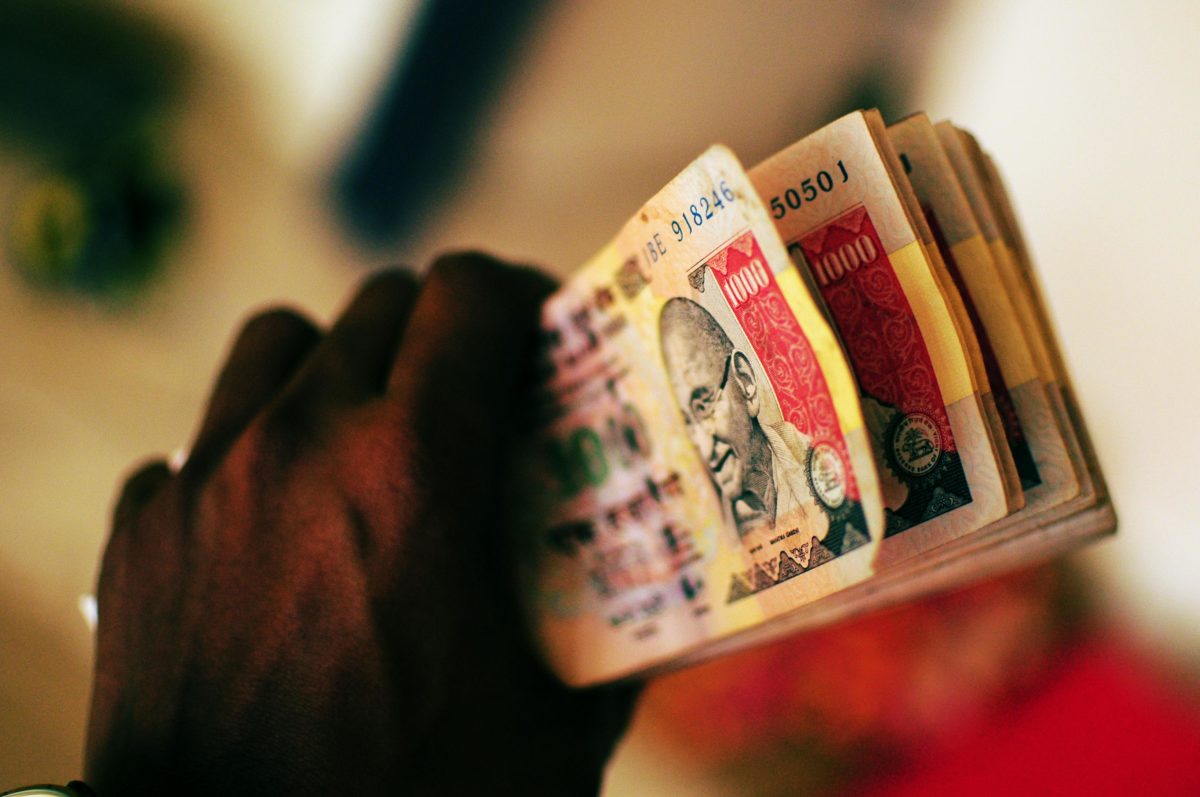From pv magazine USA
Last year proved a difficult one for the global solar industry. The imposition of no fewer than four sets of solar-related import tariffs in the United States, the “31/5” policy shift in China and duties in India all made for one of the most challenging policy environments in PV memory.
Those travails were reflected in solar corporate funding, which fell a hefty 24% in 2018 to $9.7 billion, according to the latest figures from Mercom Capital. But the retreat was not the worst the industry has seen, and Mercom’s 2018 Solar Funding and M&A Report also gives insights into the movement of capital within the industry, and in particular a downstream trend.
Downstream companies walked away with 91% of the venture capital funding in the industry, with only crumbs for PV technology companies and service providers.
In fact the sums raised by downstream companies – $200 million for Cypress Creek, another $174 million for GreenYellow and $154 million for Amp – were each much larger than the total funding for areas like thin film technology, which investors were betting on heavily seven years ago only to see their money vaporize.
Projects changing hands
Perhaps reflecting the challenges seen by the U.S. solar market in the wake of Section 201 and other tariffs, securitization stayed steady at $1.4 billion in 2018, and large-scale funding came in at $14 billion, with European investment banks the biggest lenders.
The real activity came in the form of project mergers and acquisitions. The numbers reported by Mercom support what pv magazine has been reporting: that solar projects are becoming accepted even by conservative investors such as pension funds and insurance companies.
In fact, 2018 was a record year for solar projects changing hands, with 82 schemes – amounting to some 29 GW – traded.
“About 100 GW of large-scale projects have been acquired since 2010, a reflection of how far solar has come as an asset class,” said Mercom CEO Raj Prabhu. “Quality solar projects are now a mature, attractive investment opportunity around the world.”
The China exception
But that does not mean no one is investing in upstream technology. Much of the global solar manufacturing capacity is in China, where investments are less visible.
“So much is state-controlled,” Prabhu told pv magazine. “It is not transparent if it is coming from state-owned banks.”
Like all analysts, Mercom Capital does not have insight into undisclosed investments into private companies, and the firm’s report only tracks funding from external sources – not solar companies’ internal spending.
The latter figure is likely to have been notable last year, given that despite a trend of low investment in R&D by Chinese PV manufacturers, LONGi was investing more into research and development – as a portion of income and in raw dollar terms – than any Western company. The figure included more than $100 million invested in R&D in the first six months of 2018.
The money for LONGi’s massive expansion of ingot and wafer factories – with 45 GW of wafer capacity scheduled next year – is coming from somewhere. The same can be said, to a lesser degree, of plans by mono crystalline silicon wafer maker Zhonghuan, as well as investments in a massive joint venture factory between Zhonghuan and SunPower.
It appears that, rather than global investment moving downstream, a more nuanced picture reveals two distinct environments for solar investment – those of China and of the rest of the world.
This content is protected by copyright and may not be reused. If you want to cooperate with us and would like to reuse some of our content, please contact: editors@pv-magazine.com.








By submitting this form you agree to pv magazine using your data for the purposes of publishing your comment.
Your personal data will only be disclosed or otherwise transmitted to third parties for the purposes of spam filtering or if this is necessary for technical maintenance of the website. Any other transfer to third parties will not take place unless this is justified on the basis of applicable data protection regulations or if pv magazine is legally obliged to do so.
You may revoke this consent at any time with effect for the future, in which case your personal data will be deleted immediately. Otherwise, your data will be deleted if pv magazine has processed your request or the purpose of data storage is fulfilled.
Further information on data privacy can be found in our Data Protection Policy.